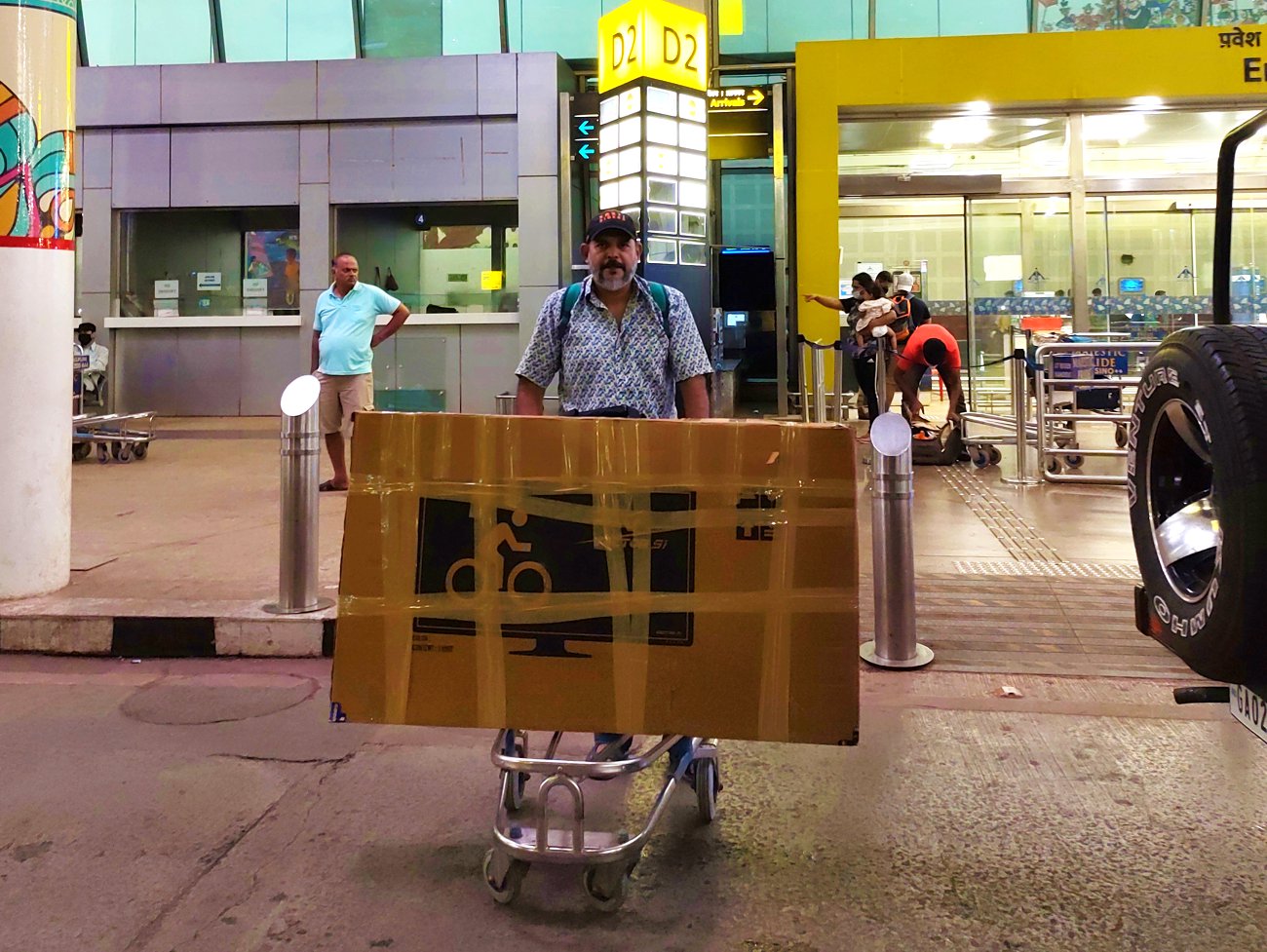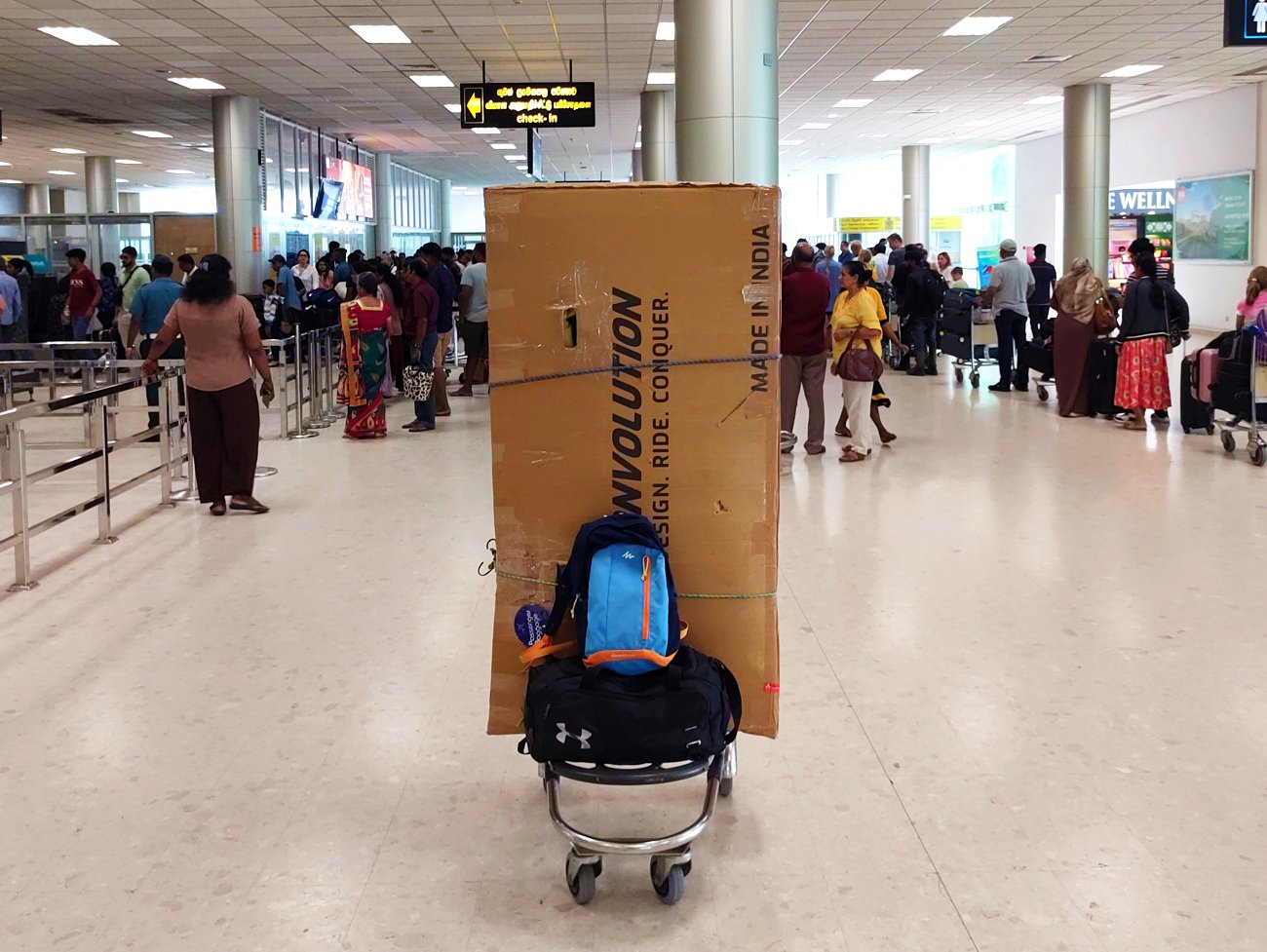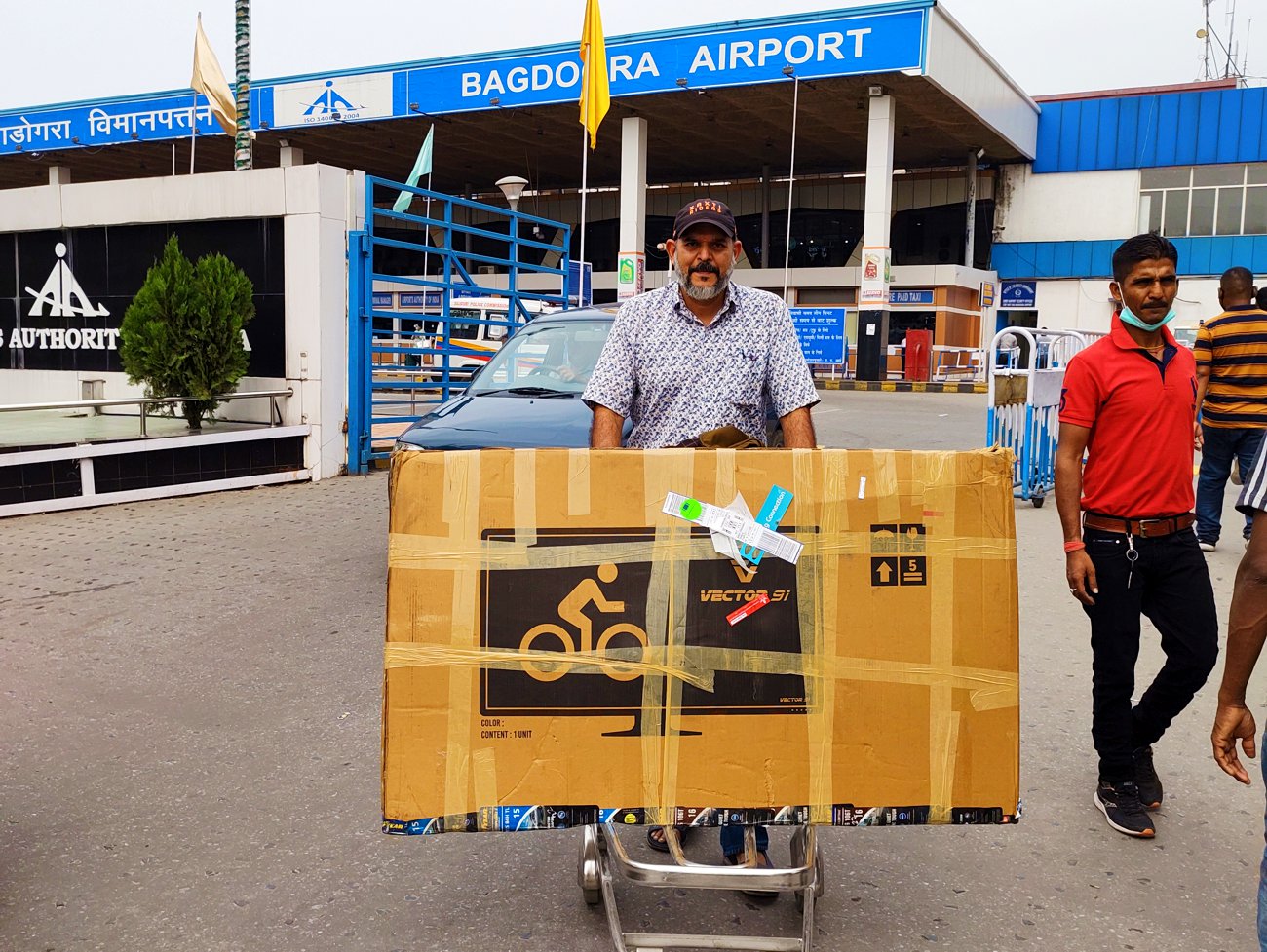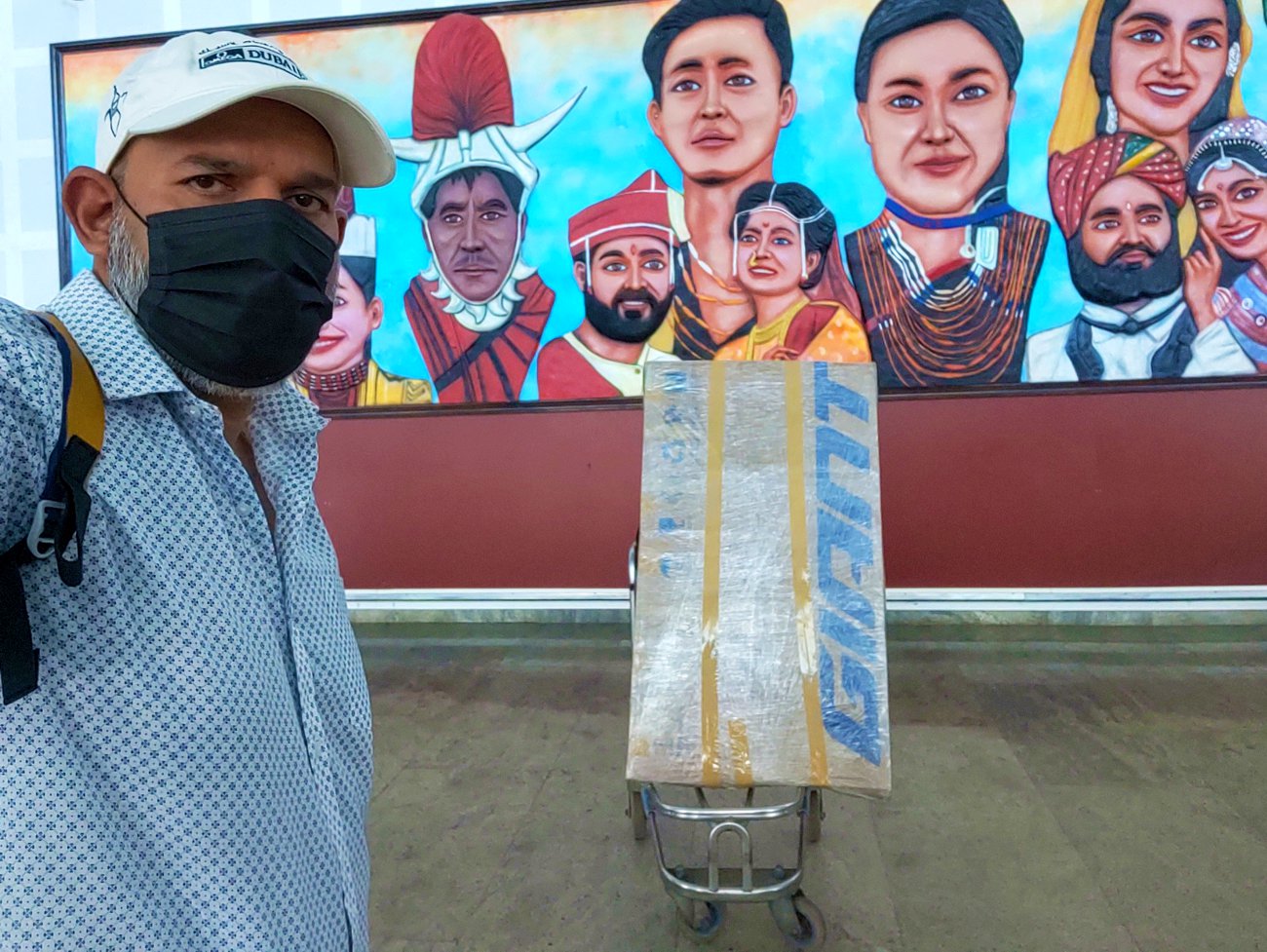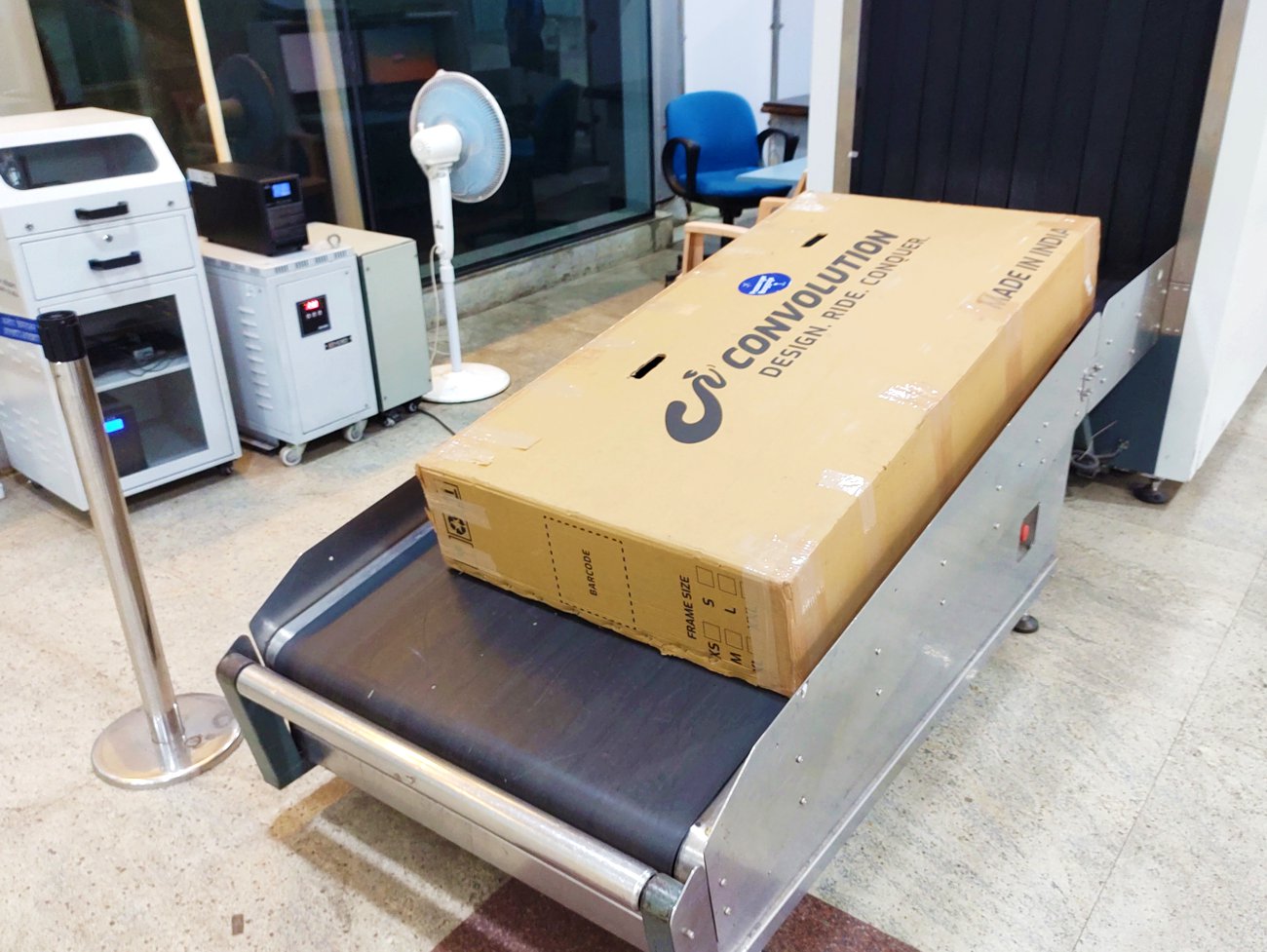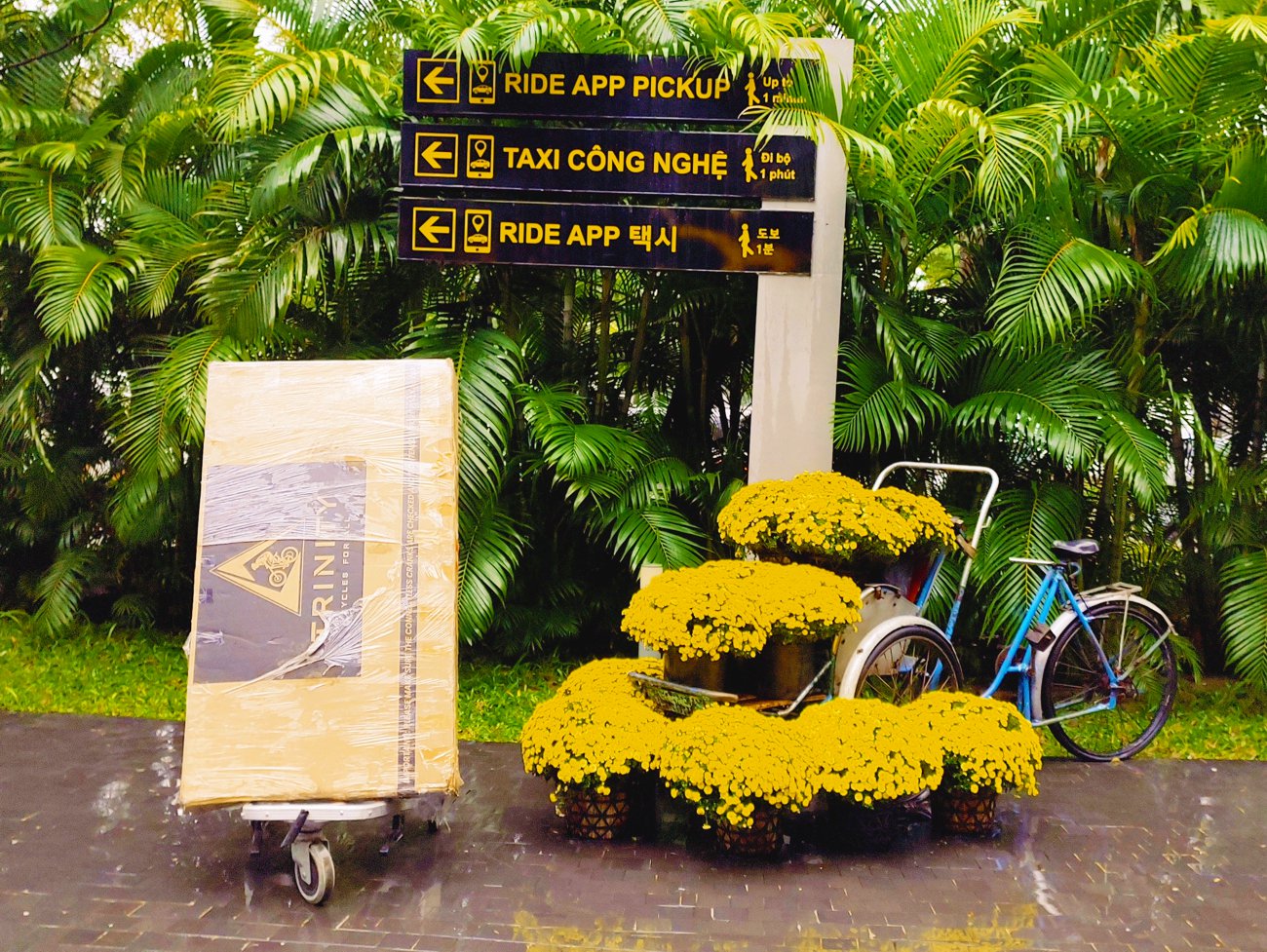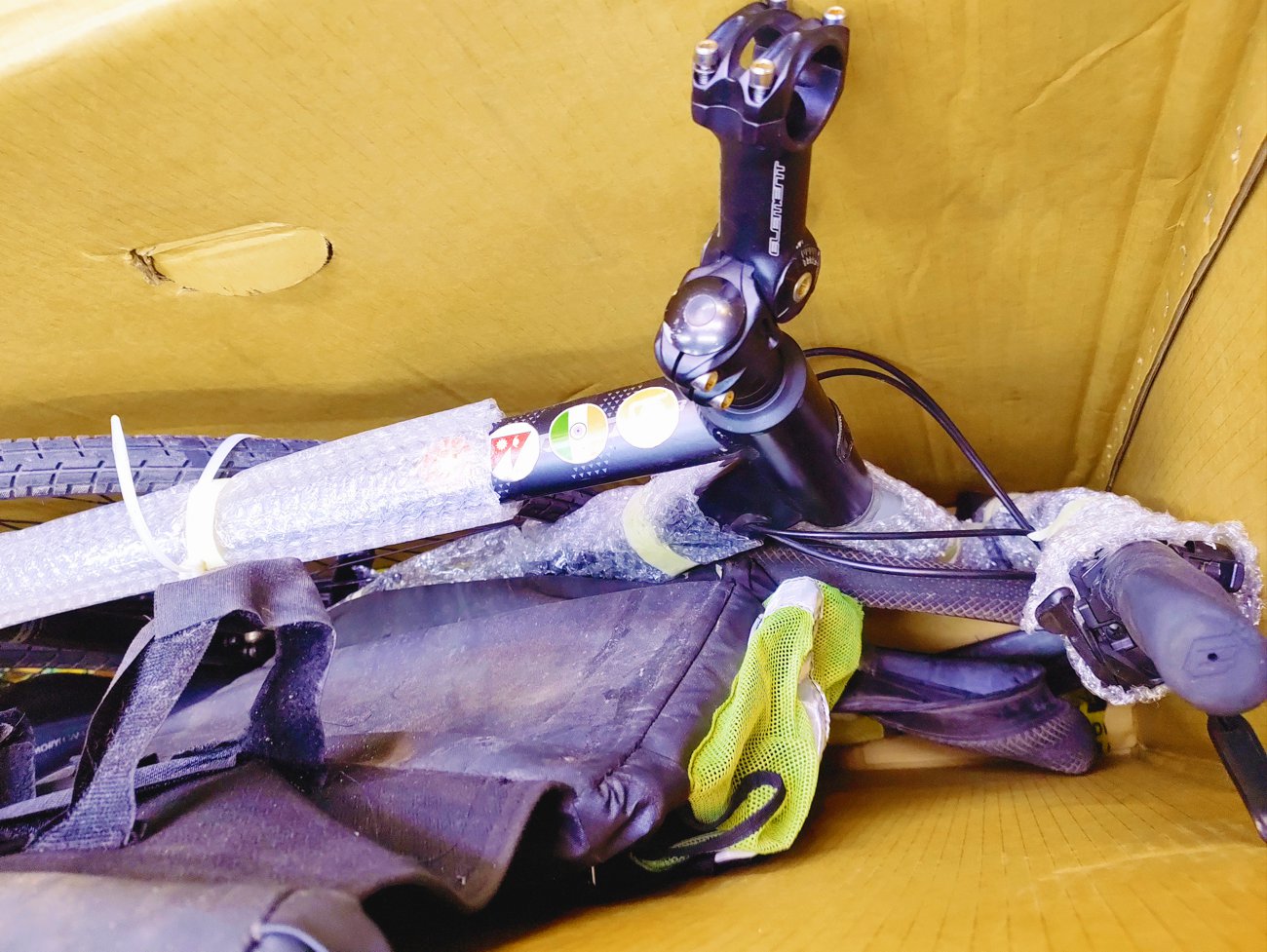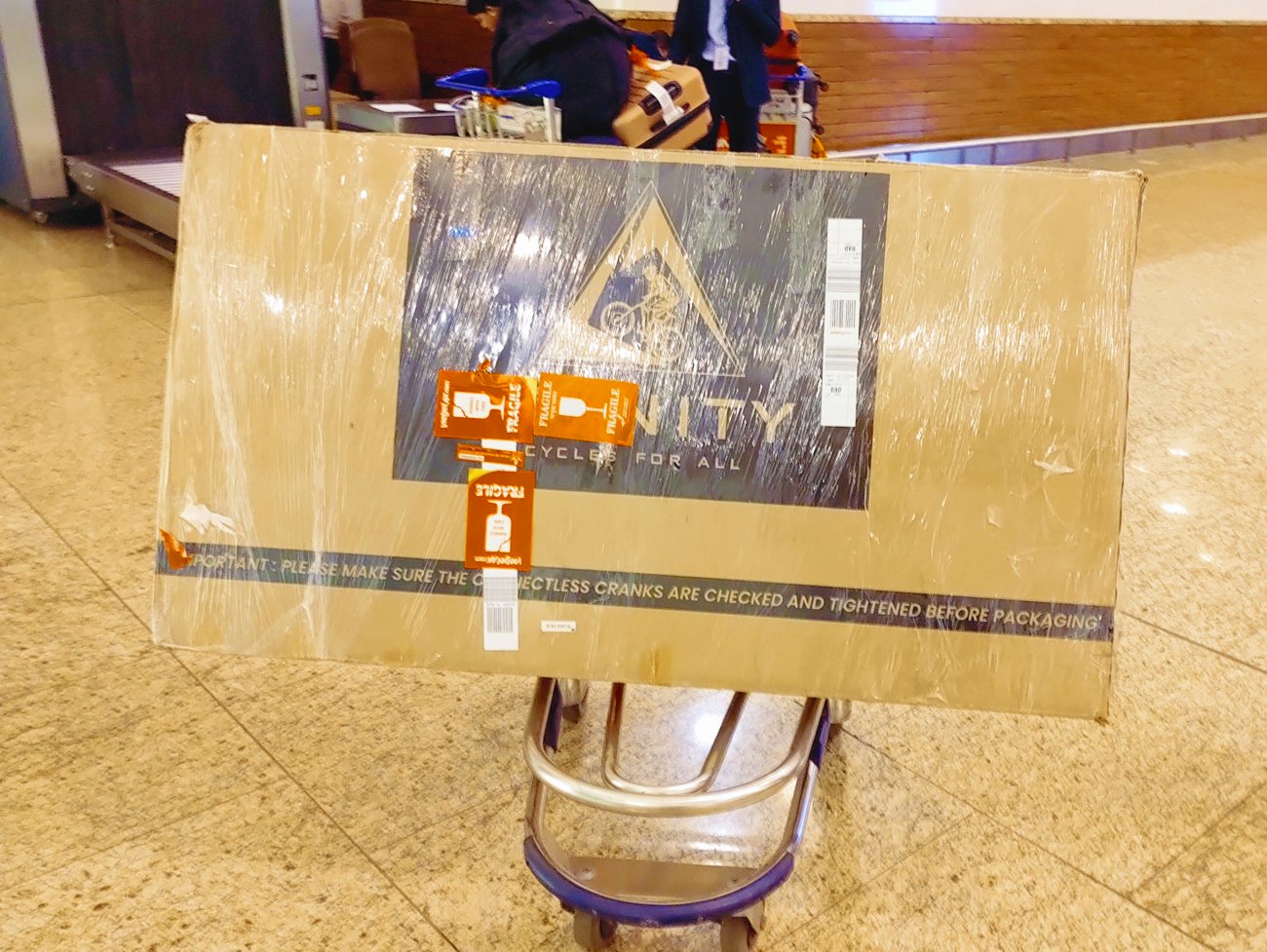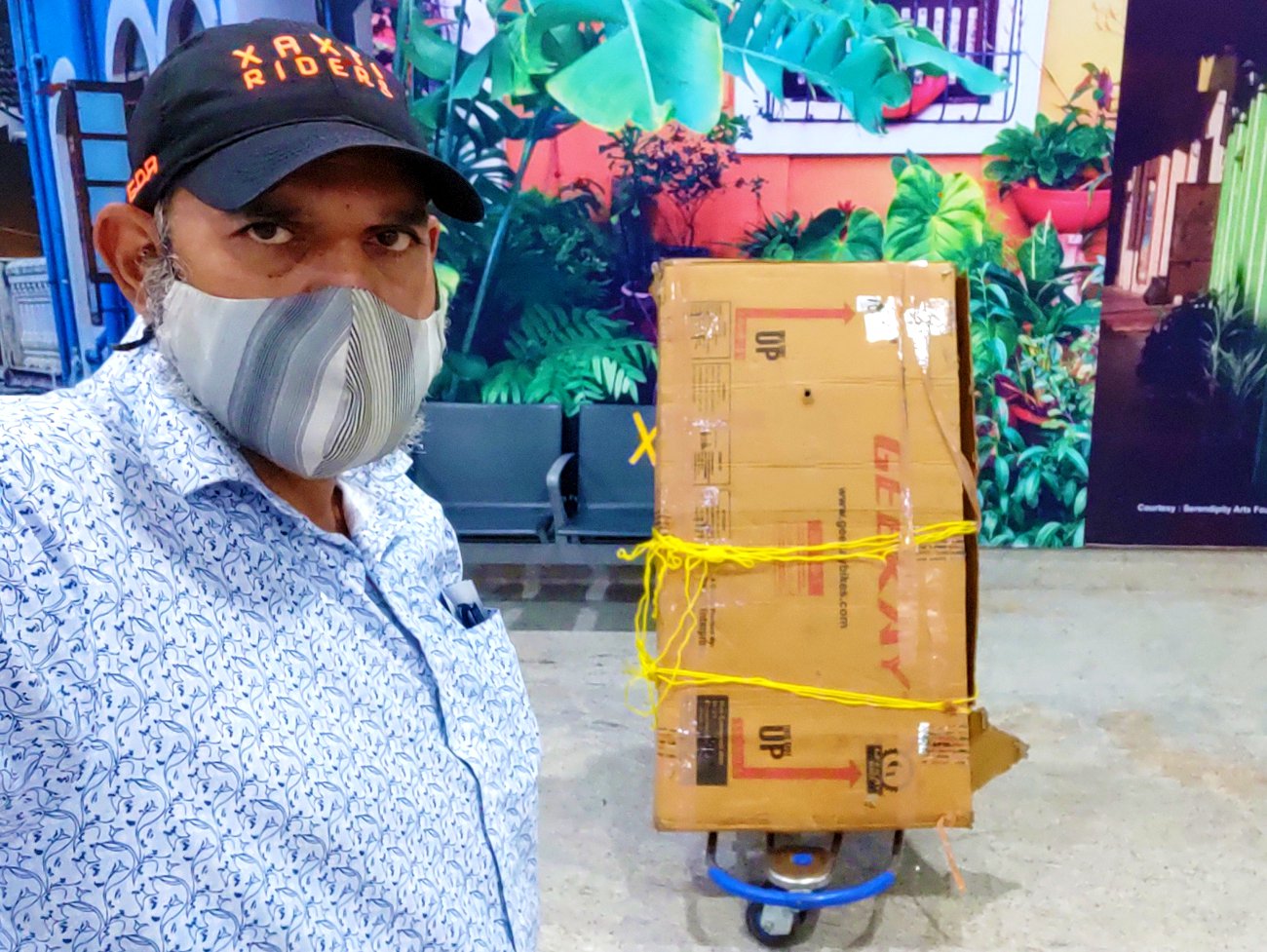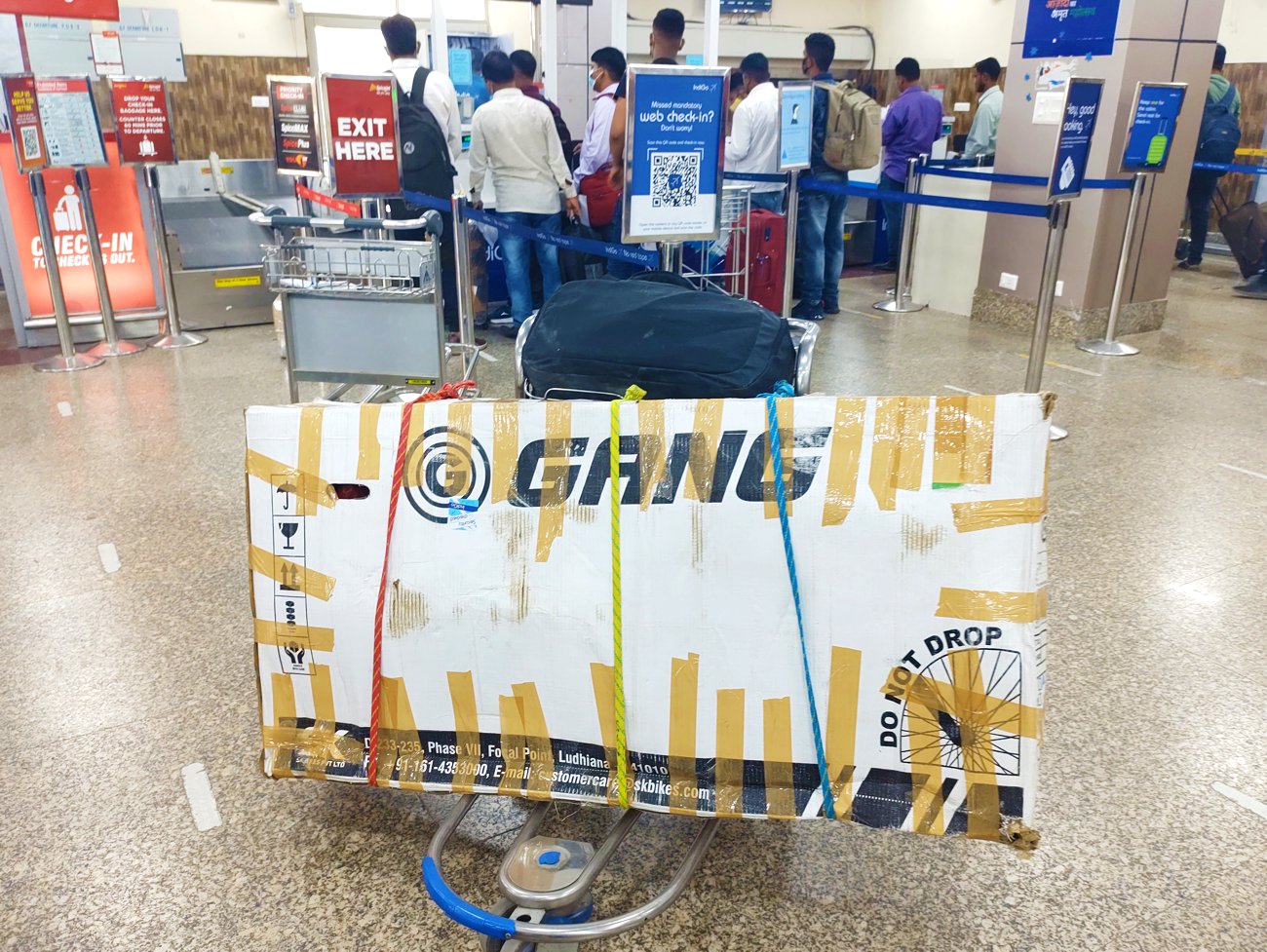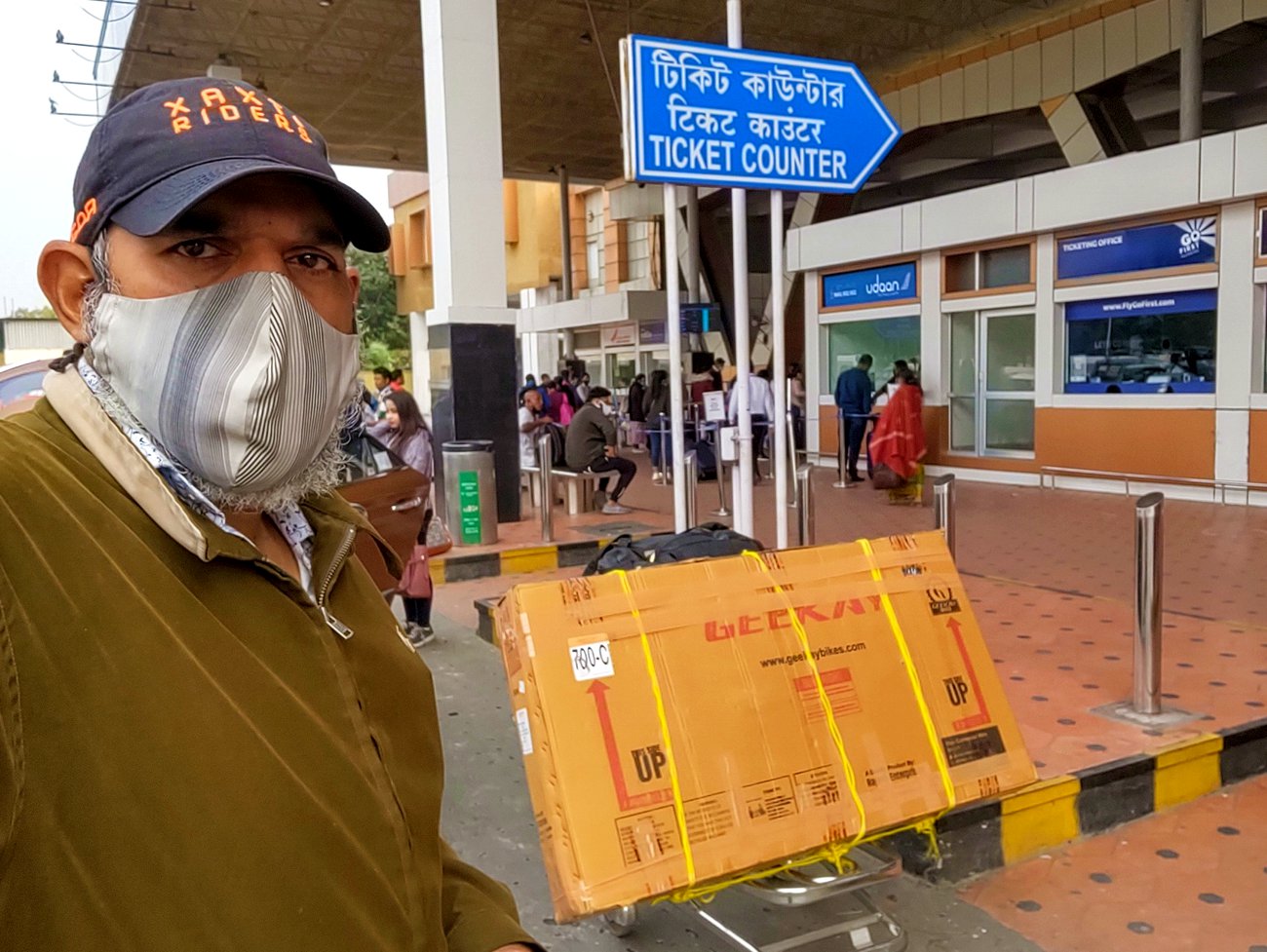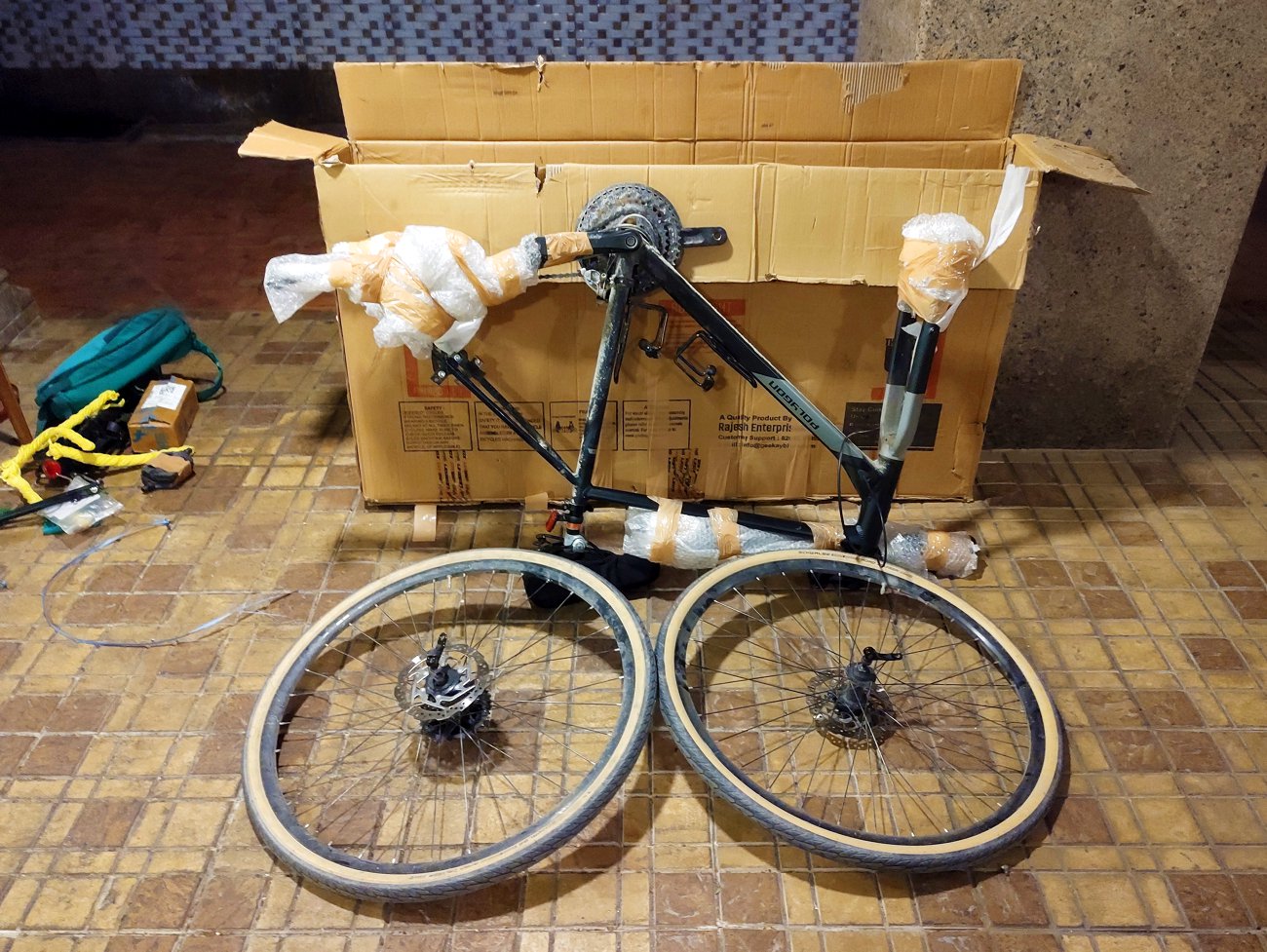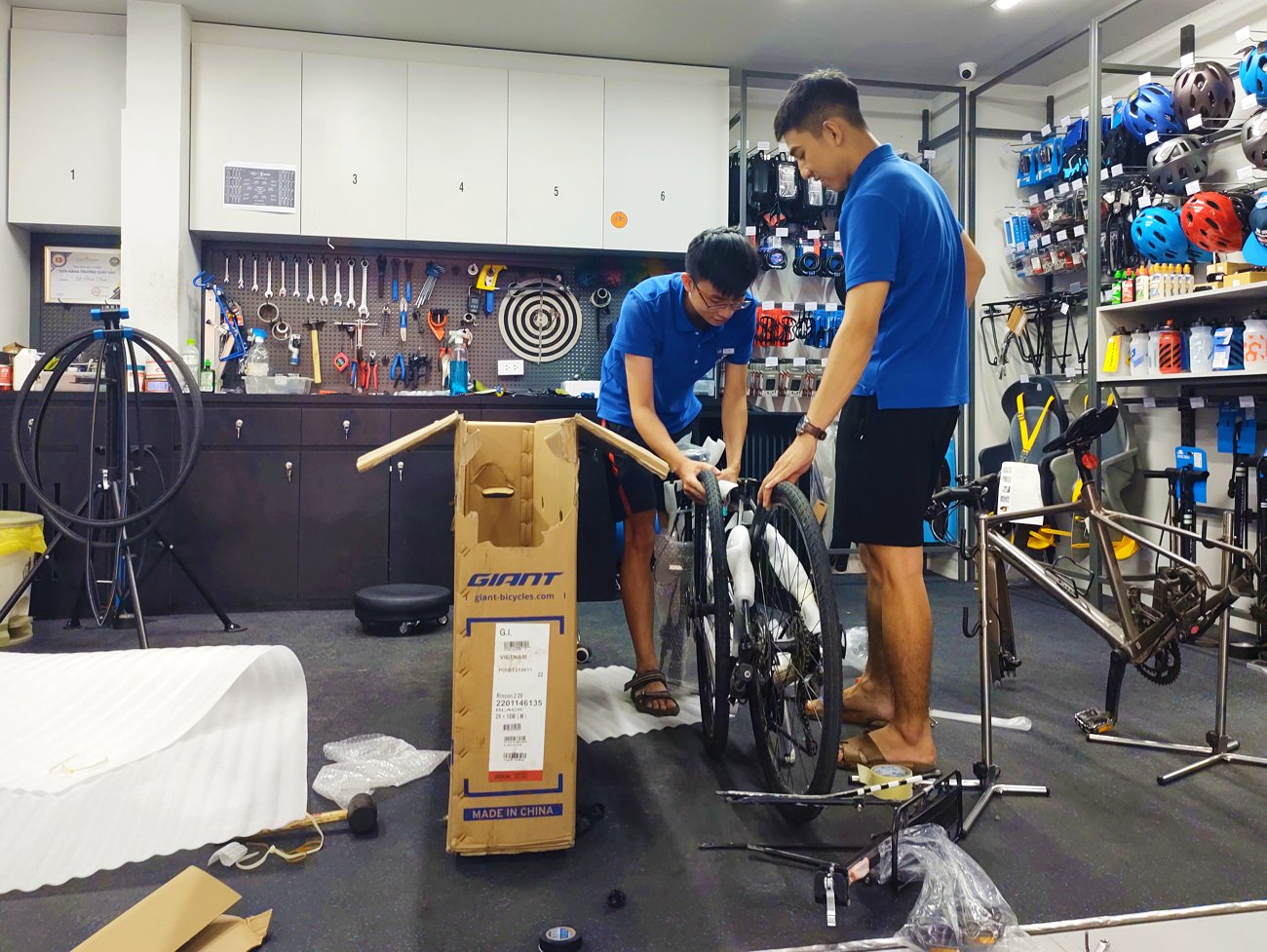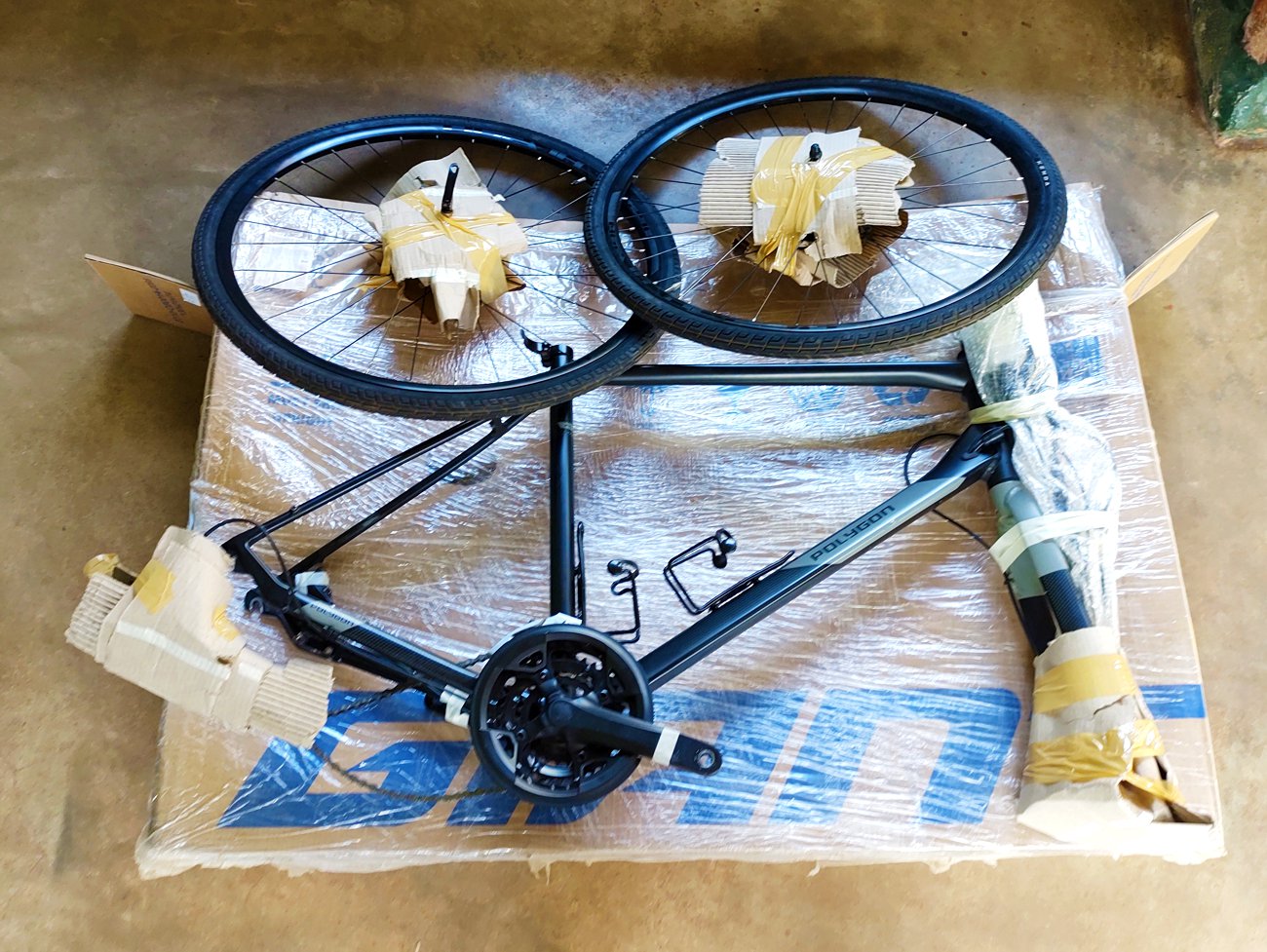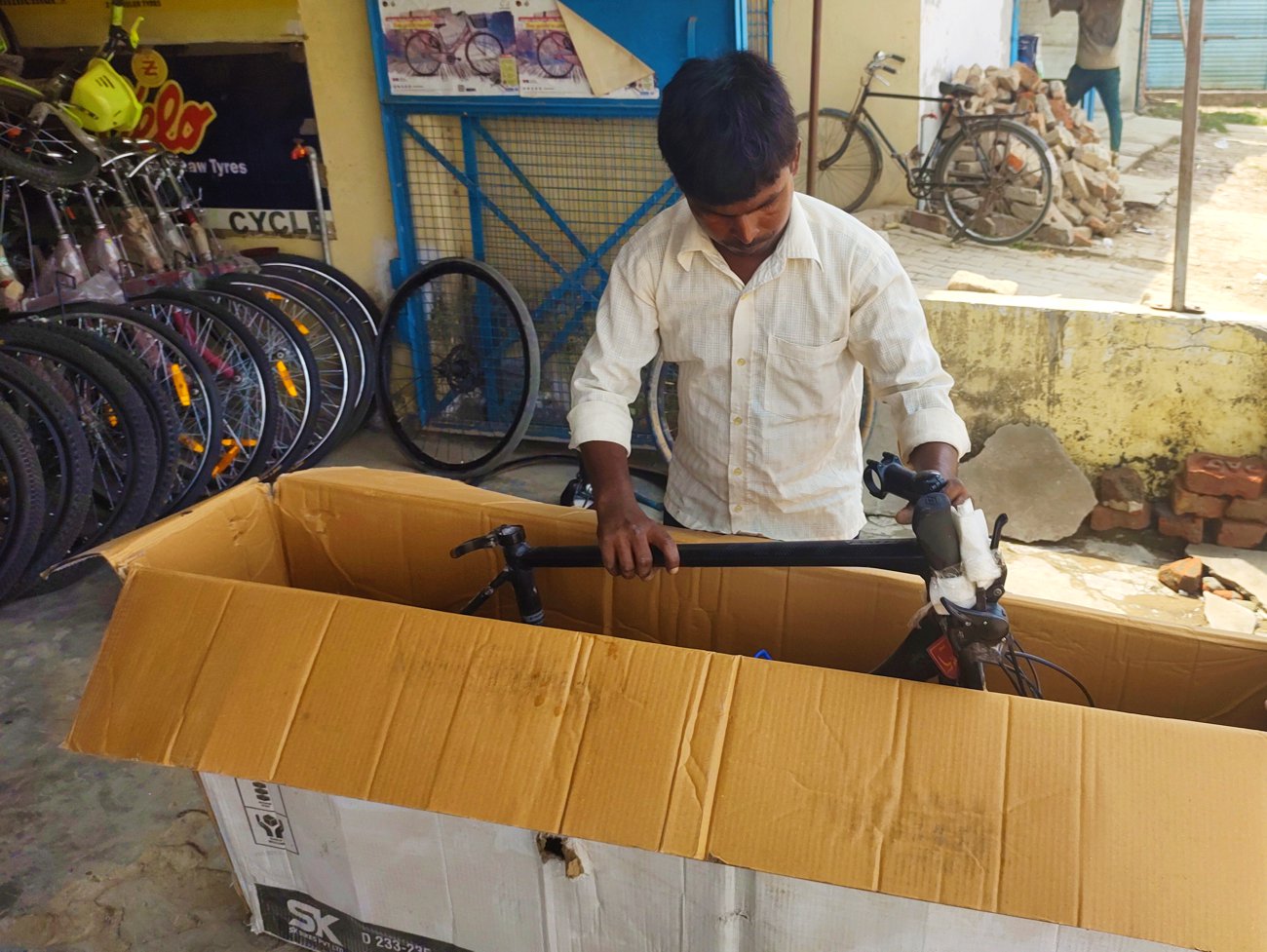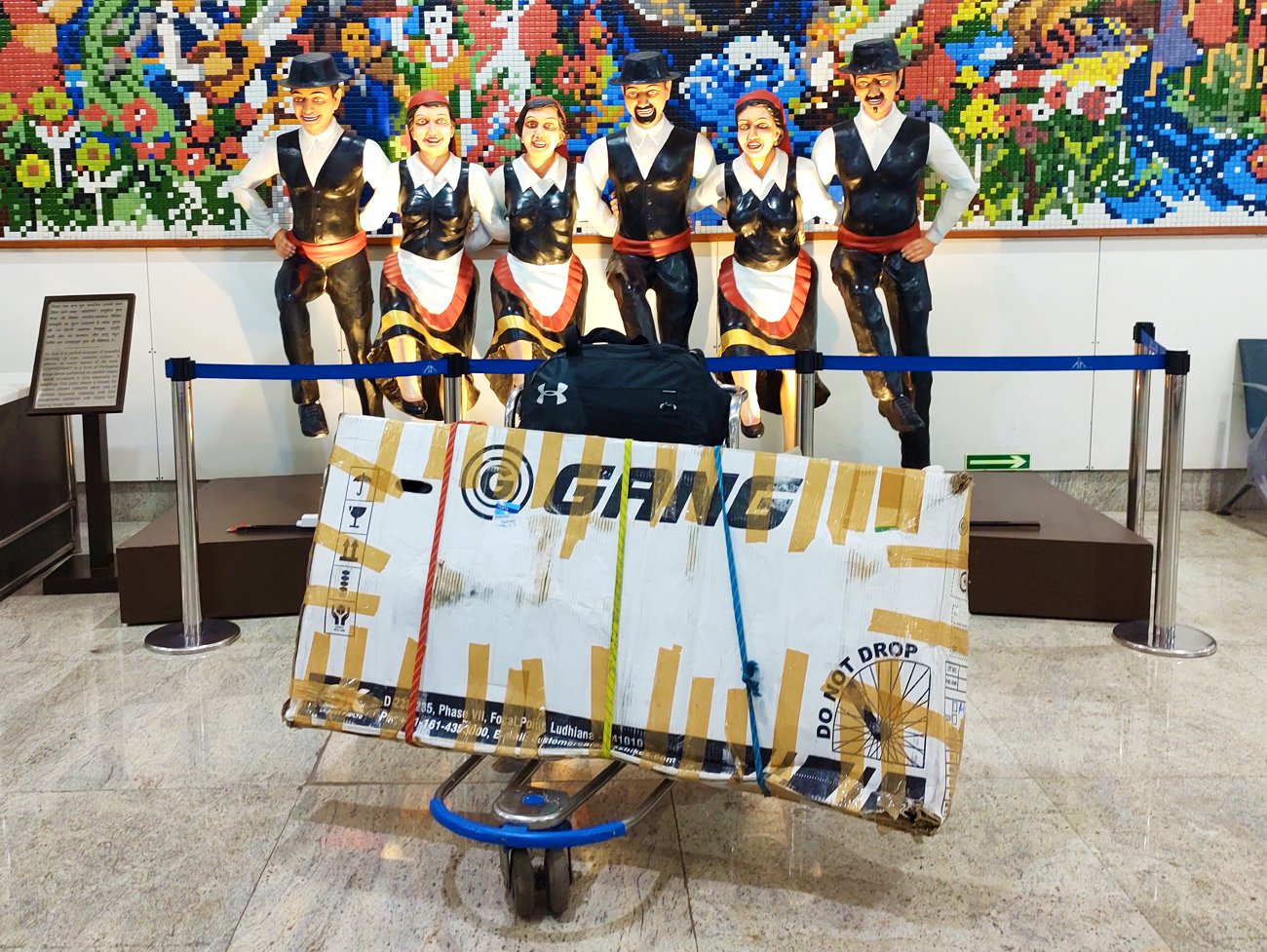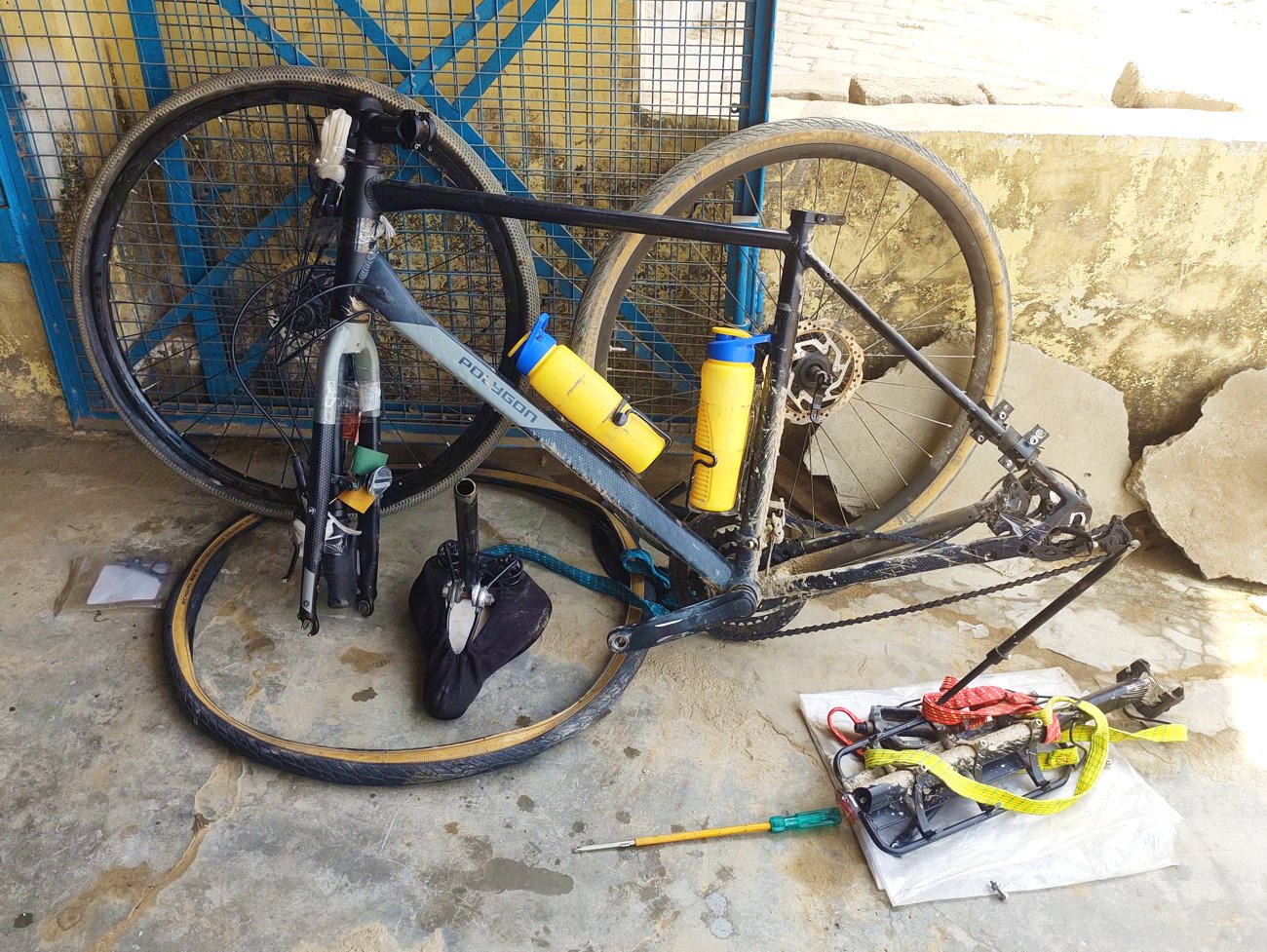Planning an adventure with your trusty bicycle in tow? Whether you’re exploring the vibrant landscapes of India or flying across international skies, understanding flight policies and expenses can ensure a seamless and budget-friendly experience. In this comprehensive guide, I’ll explain the costs and share tips to help your bicycle travel go smoothly, avoiding surprises at the airport.
Navigating Domestic Flights in India: Making Informed Choices
Drawing from my personal experiences of flying with my bicycle multiple times on Air India and Indigo, let me tell you about the intricacies of flying with your bicycle on these two airlines within India.
1. Air India: When it comes to domestic travel, Air India is my preferred choice. In economy class, they allow a 25kg baggage allowance for checked items, including sports equipment like bicycles. This makes Air India a great option if you want to take your bicycle along.
2. Indigo: India’s popular budget airline has a 15kg limit for checked baggage, and exceeding this limit comes with extra charges. If you’re taking your bicycle, there’s a sports equipment fee too. Pre-booking on their website costs Rs. 1200/-, while paying at the airport counter is Rs. 1500/-.
https://www.goindigo.in/add-on-services/sports-equipment-handling-fees.html
Comparing Other Domestic Airlines: A Closer Look
Let’s take a quick look at the bicycle transportation policies of other major domestic airlines, each with unique rules and fees sourced from their websites:
1. Akasa Air: This airline charges a flat fee of Rs. 1200 per piece for sports or music equipment, plus additional fees for excess baggage.
https://www.akasaair.com/add-ons/excess-baggage
2. Air Asia: Transporting special equipment costs between Rs. 1200 for a single piece and Rs. 3,600 for three pieces per passenger per journey.
https://www.airindiaexpress.com/specialequipment
3. SpiceJet: Handling fees for special baggage, including bicycles, are INR 1,000 for domestic flights and INR 2,000 for international flights, on top of excess baggage costs.
https://corporate.spicejet.com/airtravelbaggagefaq.aspx
4. Vistara: Oversized baggage incurs a flat fee of INR 2,000 (or USD 125 for international travel).
https://www.airvistara.com/in/en/faq/baggage
International Flights: Taking Your Bicycle Abroad
Based on my firsthand experience of flying with my bicycle twice to vibrant Vietnam via Vietjet and once to picturesque Sri Lanka on Indigo, let me uncover the essentials of international bicycle travel.
1. Vietjet: If you’re considering budget-friendly travel to Vietnam with Vietjet, be aware of their cabin baggage limit of only 7kg. Bringing along your bicycle or sports equipment means additional charges apply. These charges range from Rs. 3,480 for a 20kg item to Rs. 4,480 for a 30kg item.
2. Indigo: Another option for international travel with your bicycle in Indigo. They allow 30kg of cabin baggage, but there’s an extra fee of Rs. 2,500 (when pre-booked) and Rs. 3,000 (at the airport) for sports equipment.
Airlines may change their baggage policies, so always check the details on their websites before booking.
Indian Customs: Tips for Smooth Bicycle Entry
I’ve made the return journey to India thrice with my bicycle in tow – twice through Mumbai’s Chhatrapati Shivaji Maharaj International Airport from Vietnam, and once through Bangalore’s Kempegowda International Airport from Sri Lanka. On each occasion, I’ve been fortunate to breeze through customs hassle-free.
On my first trip to take my bicycle out of the country, I sought advice from a customs official. He clarified that since the bicycle’s value was below Rs. 50,000/-, declaring it wasn’t obligatory. For added assurance, I strongly suggest carrying your bicycle’s purchase receipt or, at the very least, a photocopy of it. This paperwork serves as concrete proof of both its value and your ownership.
Before you pack your bicycle and when you arrive at the airport, consider taking photographs of the bicycle and its packaging. These photos will serve as undeniable evidence of your transported bicycle, acting as a safeguard against potential misunderstandings with customs officials.
It’s important to keep in mind that customs regulations are subject to change. I advise you to consult with officials or refer to reliable resources for the most current guidelines.
Tips for a Seamless Journey
Now that you’re well-informed about airline and custom policies, let’s explore some practical tips for a hassle-free bicycle travel experience:
1. Student Benefits: Students often enjoy increased baggage allowances on both domestic and international flights. Check the airline’s website for specific details before before you book your ticket.
2. Pre-booking Advantages: Save money by pre-booking excess baggage or any extra items through the airline’s website or app in the “Manage Booking” section. Just make sure to complete this at least three hours before your scheduled departure.
3. Cabin-Compatible Items: Keep in mind that electronic and battery-powered items like headlamps and air pumps should be packed in your cabin baggage for both safety and convenience.
4. Strategic Flying: When you have multiple connecting flights, it’s wise to stick with a single airline. This way, you can check in your bicycle at the beginning and have it transported seamlessly to your final destination. This avoids the hassle of repetitive security checks and rechecking your bike at intermediary stops. Opt for a smoother journey by flying smart and sticking with one airline for your entire route.
Efficient Bicycle Packing for Safe Travel
With simple steps and clever packing, you can ensure your bicycle arrives safely at your destination. Here’s a guide to effective bicycle packing for a worry-free journey:
1. Secure the Right Box: Begin by obtaining a sturdy cardboard box from your local cycle shop. These boxes are often available free of charge or for a nominal fee. A good box keeps your bicycle safe during transit.
2. Disassemble Carefully: To fit your bicycle snugly into the box, remove the pedals and the handlebar. Depending on the box’s size, you might need to detach just the front tyre or both.
3. Secure Everything: Use zipties or tape to secure all parts to prevent shifting during transportation. Properly securing your bicycle ensures it withstand the rigors of transportation and arrives safely.
4. Protecting Delicate Parts: Take extra precautions to safeguard delicate components. Wrap the derailleur and gears with bubble wrap or foam to prevent them from getting damaged during transit. This added layer of protection can make a significant difference in keeping your bicycle in top shape.
5. Deflate the Tires: Don’t forget to deflate the tires before packing. This step helps prevent potential pressure-related mishaps during travel.
6. Wrapping up the Box: For an extra layer of security, consider wrapping the entire cycle box with cling foil. You can find it easily at stores or supermarkets; it’s the same wrap used to keep food fresh.
By following these steps, you’ll be well-prepared for your cycling adventures.
Ready to Explore
Armed with these insights and tips, I’m hoping your bicycle travels will be smooth, budget-friendly, and full of unforgettable experiences. So, set out on your two-wheeled adventure, explore new horizons, and let the wind guide you to amazing destinations. Happy cycling!

